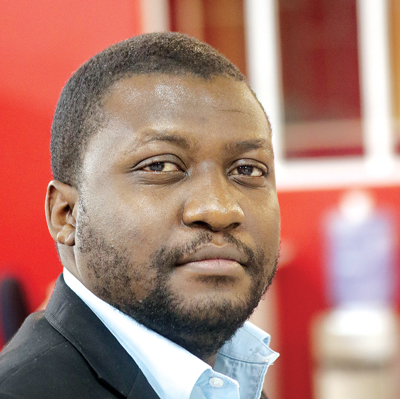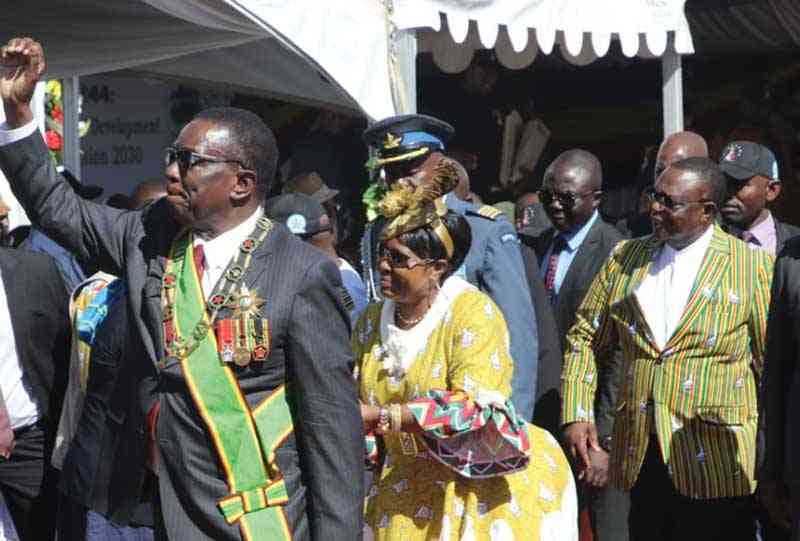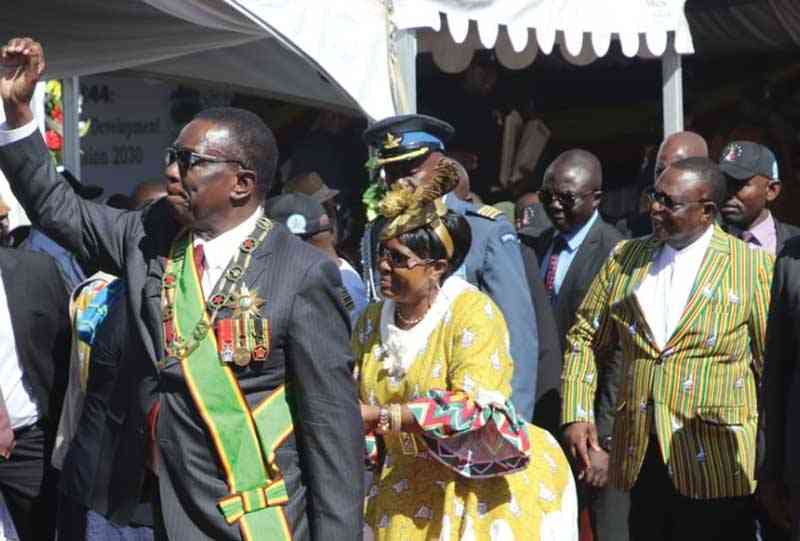
IF you have noticed, in recent years, the government and Zanu PF are increasingly using pictures of a younger looking President Robert Mugabe instead of what he really looks like today.
Candour: NQABA MATSHAZI

This started shortly before the 2008 presidential election run-off, where pictures of an angry looking Mugabe, with a fist awkwardly raised above his head, which had been a constant for a very long time, were pulled down and in its place was an image of a smiling and, I dare say, approachable and relatable President.
The evolution of Mugabe’s image has continued for a while and gone are the images of the angry Marxist revolutionary in dour clothing and instead they have been replaced by a youthful person, as the President rolls out his charm offensive to win the youth vote, which he has decided is crucial to his re-election campaign.
On the other side of the aisle is MDC-T leader, Morgan Tsvangirai, whose party has rolled out several pictures of a younger and much healthier man.
In campaign posters, Tsvangirai looks quite radiant, much younger and more energetic.
If truth be told, both men look nothing close to the images that are in the public domain, as they both seek to impress that they are able and fit to last the distance in the upcoming elections.
The politics of images is surely upon us and no matter how inane this may sound, the pictures used by both camps are carefully chosen to convey a message to the electorate.
- Chamisa under fire over US$120K donation
- Mavhunga puts DeMbare into Chibuku quarterfinals
- Pension funds bet on Cabora Bassa oilfields
- Councils defy govt fire tender directive
Keep Reading
Mugabe’s health issues have been fodder for speculation for years, his camp insists each time he goes to Singapore it is for routine medical check-ups and cataract operations, something which would not derail him from carrying out his duties.
Zimbabweans have been fed the “fit as a fiddle” line about Mugabe for years, but this has not been enough and they are now using images — albeit old — to show that the President can last the distance.
On the other hand, Tsvangirai has been more open about his afflictions, but like his nemesis, his trips for treatment are also reported as routine.
This may seem like very mundane issues, but Mugabe’s age and health are an election issue, which the opposition has been harping on for a while.
Their argument is that at 93, Mugabe is no spring chicken and will not last the distance in an election campaign because of age and health issues.
But on the other hand, Tsvangirai’s health is also an issue and his detractors have circulated some of his less flattering pictures on social media, as if to say he is not strong enough and will not last the distance.
Thus, the battle between the two long-time rivals has moved away from just the political to terrain to one of representations.
Never mind that this could border on misleading, both men — or at least their camps — are eager to show their best sides and for the first time, one may argue that Zimbabwe is witnessing political struggle through images, to borrow a phrase used by Middle East scholar, Lina Khatib.
By using older pictures, Mugabe and Tsvangirai are trying to appeal to and identify with the youth in an age where younger politicians are increasingly becoming frustrated by the country’s politics and are now stepping out of the veterans’ shadows.
The pictures of the more youthful men convey a subtle image that they are modern and are able to deal with the challenges today’s Zimbabwe offers.
Whether this works is another story, but you can rest assured none of them will use their present-day photos on the ballots come next year’s elections.
Beyond just their images, I think you have noticed an effort by Zanu PF and the government to saturate the media with pictures of either Mugabe or the numbers that throng his rallies.
In Tuesday’s Herald, they led with a story that 40 000 people had attended Mugabe’s rally in Lupane, a whole four days after the event.
One of the news values is immediacy and a story more than a day old is hardly a news story for a daily paper, but the idea is not about news, but rather to saturate the media with Mugabe’s supposed drawing power and shame the opposition somewhat.
While the focus will be on numbers at rallies, the reality is that there is a serious political struggle through images that both Mugabe and Tsvangirai are waging.
Last year, there was a flurry of events to unveil Mugabe’s statues and portraits, some of which drew ridicule, but the ruling party continued on that path.
To the undiscerning eye, this is nothing more than crass narcissism, but the reality is that at the end of the day, all the public gets to talk about is Mugabe.
This dovetails with a previous article I wrote on the need for the opposition to find alternative spaces for media coverage, as the majority of newspapers and radio stations will be saturated with Mugabe, while Tsvangirai and others will be on the periphery.
While the images will continue to dominate the media space and billboards across the country, it is important for Zimbabweans to look beyond this mirage and judge politicians for the policies they offer and if they can project the country into the future.
Images are the new propaganda, they are subtle and less invasive and the political message is much harder to detect, meaning it is easier for people to fall prey to such messaging.
Feedback: [email protected]











